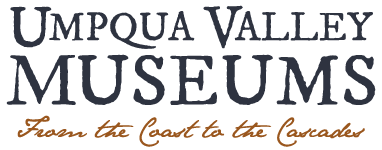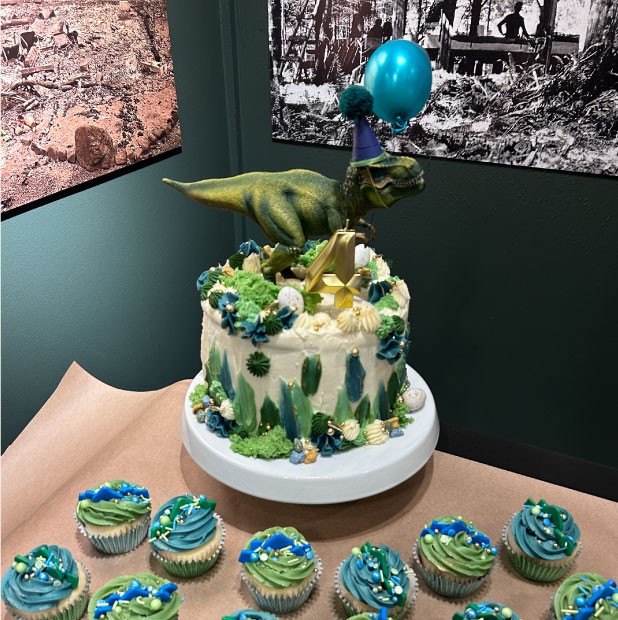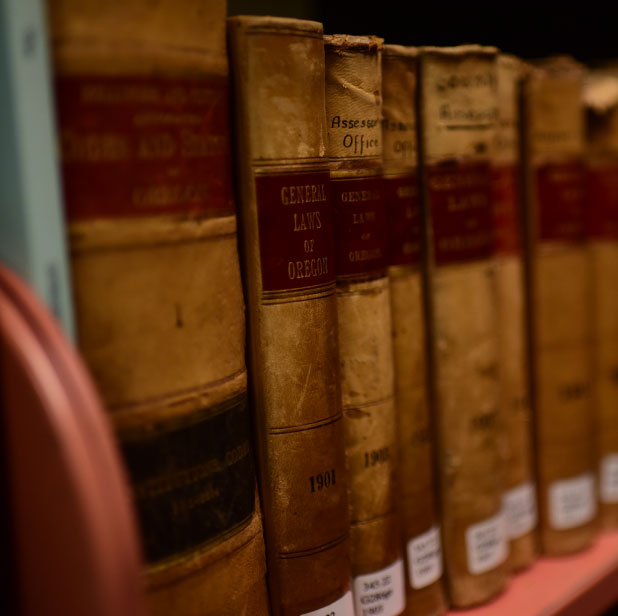Giving Our Past a Presence
Natural and cultural history in Roseburg, Oregon
Address & Phone
Douglas County Museum
123 Museum Drive
Roseburg, OR 97471
541-957-7007
Admission Rates
Members = FREE!
Preschool (0 – 4) = FREE!
Students (5 – 17) = $2.00
Adults = $8.00
Seniors & Veterans = $5.00
Museum Hours
Open daily, 10 am – 5 pm
Call for holiday schedule
Research Library Hours
Tues – Thurs, 1 – 4:30 pm
Or by appointment
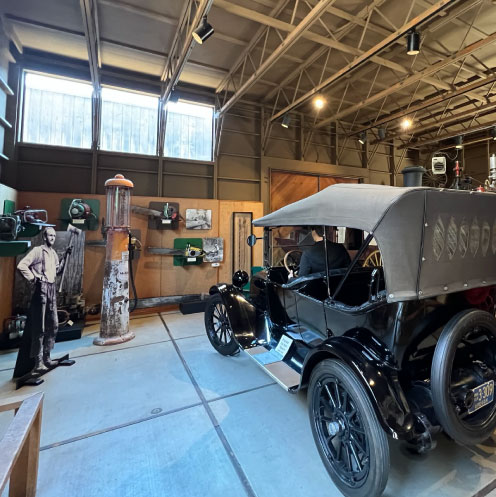
A Collection of Natural & Cultural History
FROM THE COAST TO THE CASCADES
The Douglas County Museum has been collecting, preserving and exhibiting natural and cultural history items for more than 50 years. From the snow capped peak of Mt. Thielsen in the Cascades Mountain Range, through the Umpqua River Valley, then over the Coastal Mountain Range, to the crashing surf of the Pacific Ocean at Winchester Bay, Douglas County traverses an amazingly wide range of elevations and environments. Defined by the watershed basin of the Umpqua River system: North and South Umpquas, and their merger to form the Main Umpqua, Douglas County’s ecological diversity is showcased in Oregon’s largest natural history exhibition – The Land of the Umpquas’.

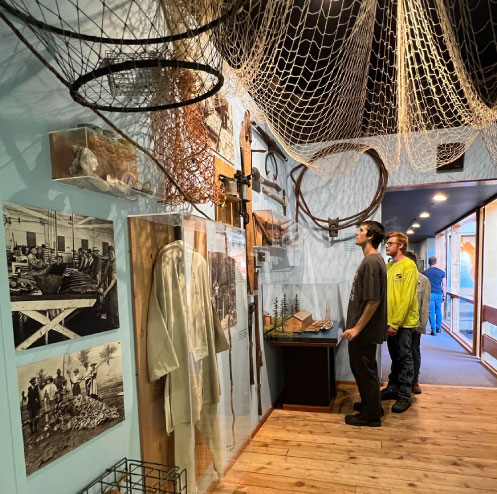
Land of the Umpquas’
Home to humans for more than 10,000 years, the valley is named for the Umpqua Tribe that still calls this area home. Over the past two centuries they have been joined by fur trappers, naturalists and explorers, eastern missionaries, gold prospectors, pioneer families, loggers, farmers, and fishermen. Their epic story is told through cultural artifacts ranging from prehistoric spear points and expertly woven baskets, to family quilts brought over the Oregon Trail and the last standing depot of the Oregon & California Railroad. Being at the heart of a natural resource based economy, the Museum pays special attention to the history of mining, fishing, farming, and timber harvesting in Douglas County.
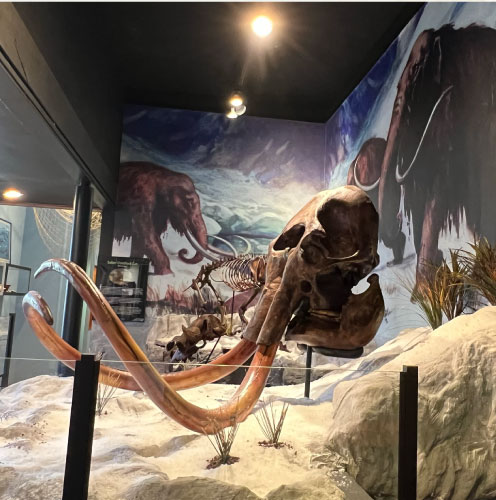
Exhibitions
OREGON’s largest natural history Collection
Oregon’s largest natural history collection is on display at the Douglas County Museum. More than 7,500 items are used to help tell the ancient and contemporary stories of the Umpqua River Valley. In addition, Museum houses one of the Northwest’s most comprehensive plant collections in its research herbarium with nearly 3,000 cataloged specimens.

